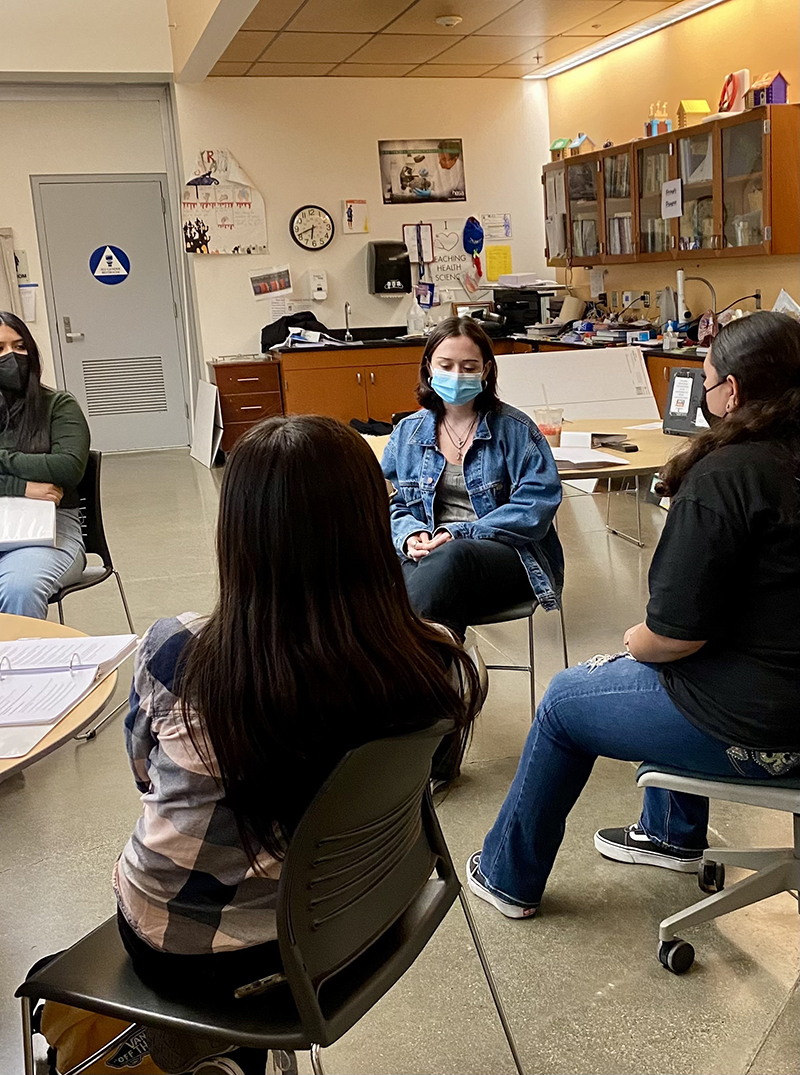Cedars-Sinai Blog
Expanding Mental Health Resources Among Latinx Youth
Aug 05, 2022 Victoria Pelham
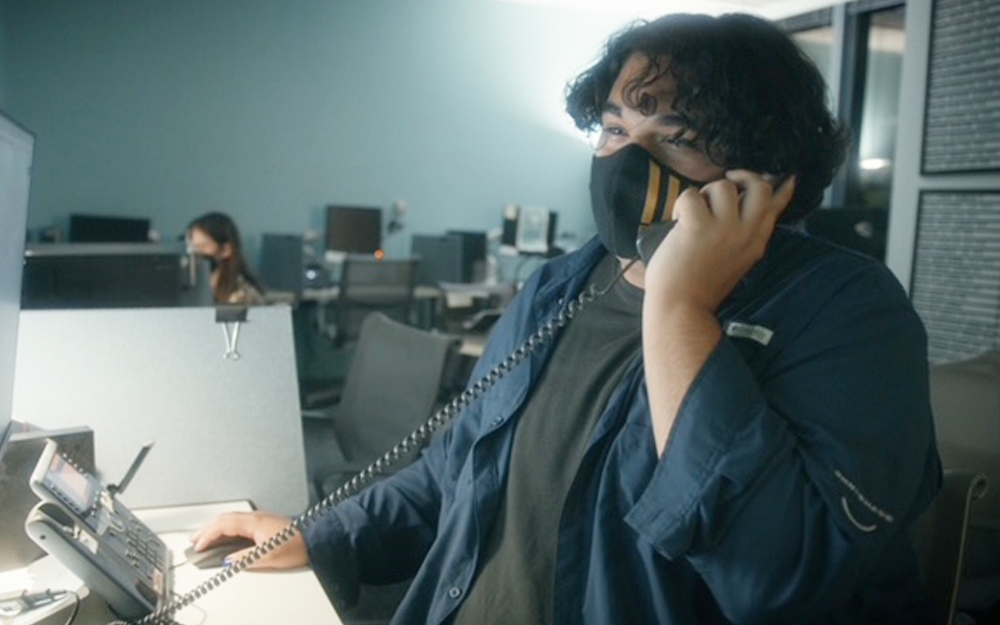
Every night, Teen Line's youth volunteers take calls from kids struggling with family and friends, stress and anxiety, depression and loneliness. Sometimes, the callers' ability to cope has reached a boiling point and they're facing a mental health emergency. Supervised by mental health professionals, trained volunteers assess suicide risk and link callers to care resources.
But mental health resources have had trouble reaching one group. More often than not, kids in need are part of the Latinx community, who have higher rates of past-year depression, yet go without treatment more often (63% of the time), according to the Substance Abuse and Mental Health Services Administration.
By making the hotline more reflective of the community, a new Teen Line pilot program is hoping to create an avenue for more Latinx teens to get the help they need from people they can relate to.
"If we can get to kids early on—when they're first struggling—we can turn it around."
Training Latinx youth on mental health
The Latinx Youth Career Development Program is training 50 teens in East Los Angeles over the next two years to staff Teen Line and serve as mental health ambassadors.
The newly launched initiative is based out of Applied Technology Center High School in Montebello, which has an overwhelmingly Latinx student population. Unlike Teen Line's traditional model, it includes a stipend and is on campus—so financial, geographic and transportation constraints won't be obstacles.
Read: Teens Helping Teens
"We saw a lot of gaps," says Cheryl Eskin, senior director of Teen Line, which is headquartered at and supported by Cedars-Sinai.
The first class of 24 students is set to complete training and start the texting service by September 2022. Within the first two years, Teen Line's goal is to add 40% more volunteers of color, implement Spanish-language services and double capacity to up to 2,000 more texters.
Teen Line's footprint is continuing to grow after Didi Hirsch Mental Health Services, another Cedars-Sinai mental health partner, acquired the youth crisis center in July. Those involved say Cedars-Sinai will continue to provide resources and office space to Teen Line, while the merger will expand its reach to help save lives at a critical time.
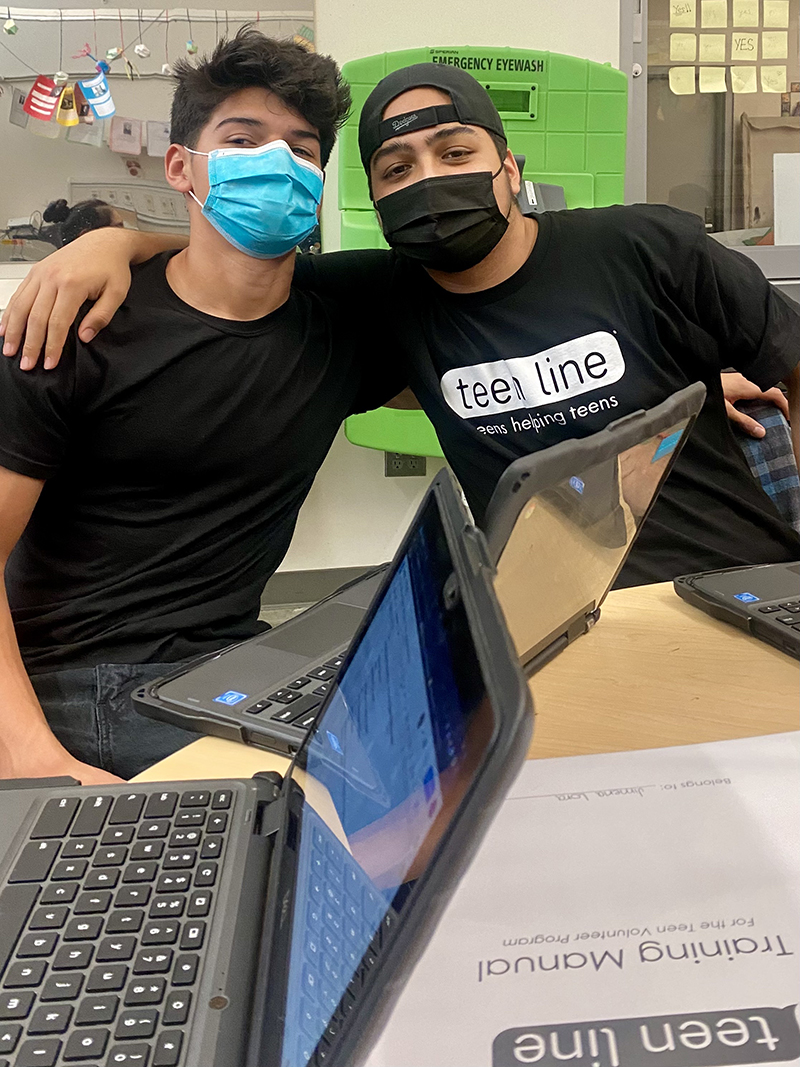
Mental health crisis
Mental health concerns are rising among Latinx teens.
The COVID-19 pandemic has taken a toll beyond physical health for many. Government lockdowns isolated kids during key developmental years—when youth start to form their own identity. And they amplified difficult home situations such as overcrowding that the Latinx community is at risk for, according to the U.S. Census Bureau, in part due to socioeconomic stressors and cultural factors.
"We have a mental health crisis with our kids," says Suzanne Silverstein, founding director of the Cedars-Sinai Psychological Trauma Center and the Share & Care program.
Latinxs were among the hardest hit by severe virus cases and deaths. One recent pediatric study found 67% of the nearly 11,000 kids who lost their primary caregiver to COVID-19 in California identified as Hispanic.
In turn, Latinx teens have shouldered a higher share of the fallout: They were 60% more likely to have experienced poor or reduced mental health in the prior 30 days compared to white teens, according to a 2021 America's Promise Alliance and Research for Action survey.
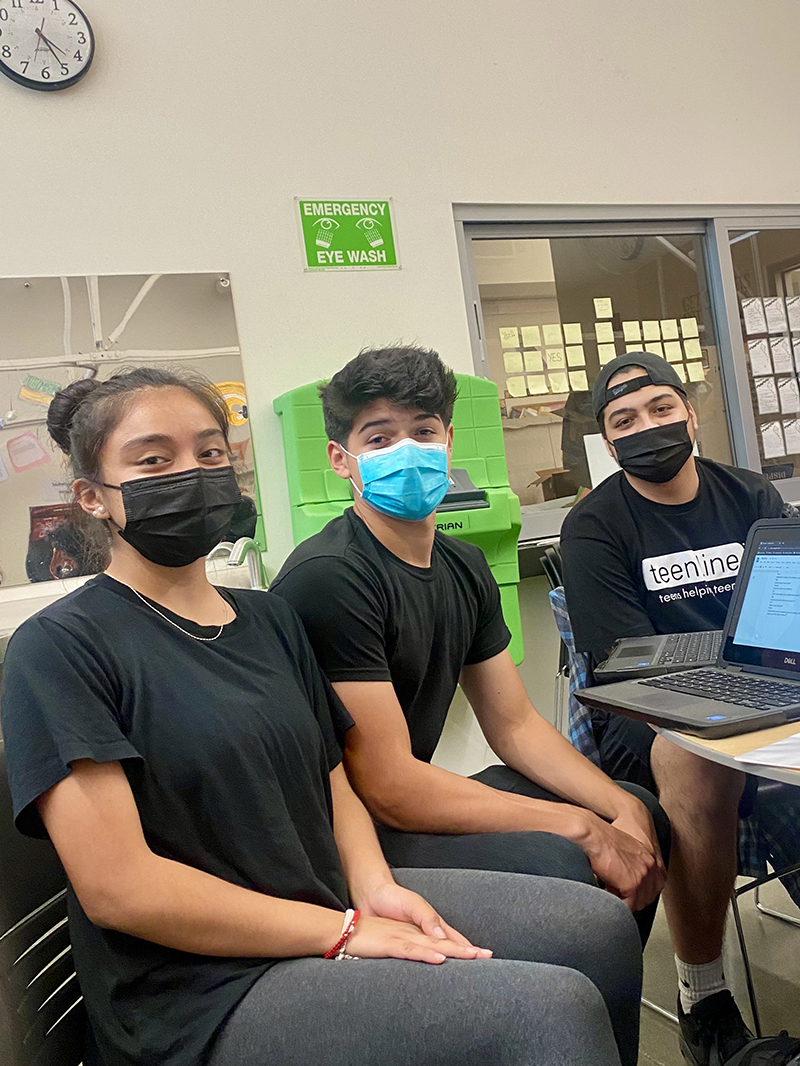
Barriers to Latinx mental health care
The crisis is being felt more in a community which already faces ongoing disparities.
With roots throughout Mexico, Central and South America and the Caribbean, Latinx mental health is often strained by immigration to the U.S. and family separation, as well as minority stress and discrimination.
Yet mental health treatment, including prescription psychiatric medication, is lower across the board for patients who identify as Hispanic, making it more likely symptoms will worsen and develop into serious mental illness.
Just one in 10 Latinx youth seeks out mental health professionals, according to the 2019 Youth Risk Behavior Survey, while one in five with psychological symptoms sees a doctor for them.
The challenges are manyfold, experts say.
There are few culturally competent mental health providers available who speak Spanish or are Latinx themselves: 7% of U.S. psychologists identify as Hispanic, American Psychological Association (APA) figures show. Even less—5.5%—offer services in Spanish.
Read: Latinos in Medicine
That lack of representation can make it harder to identify and diagnose illness in the community.
"Speaking in someone's native language, they very often can express themselves more fully than speaking in English," Suzanne explains.
Also, Latinx mental health professionals often better understand cultural differences such as family dynamics and variations in the way mental health is discussed (for example, using physical symptoms to describe psychological pain).
Pervasive stigma around behavioral health is another culprit.
"Many Latinx families keep their business within the family and don't want to share," she adds.
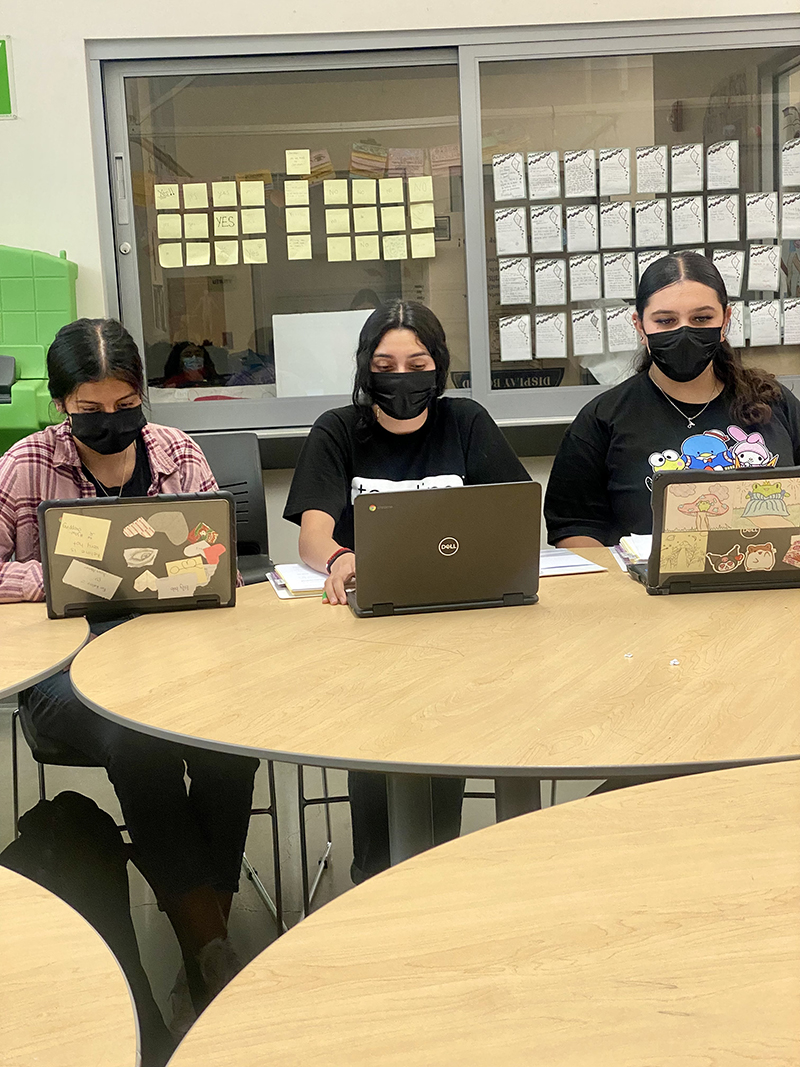
Changing minds
Teen Line's new initiative hopes to take on that fear headfirst: Its volunteers train to become "Stigma Busters," openly addressing psychological health and helping to lift shame. Program leaders will track the teens' attitudes on mental health, following them and their families through the next three to five years to gauge its effects.
"They'll push the conversation about mental health," Cheryl says.
With a plan to spread to other diverse regional high schools over the next five years, creators aim to ultimately encourage more Latinx teens to pursue careers in mental health—a crucial objective, because demand is only expected to grow, according to the APA.
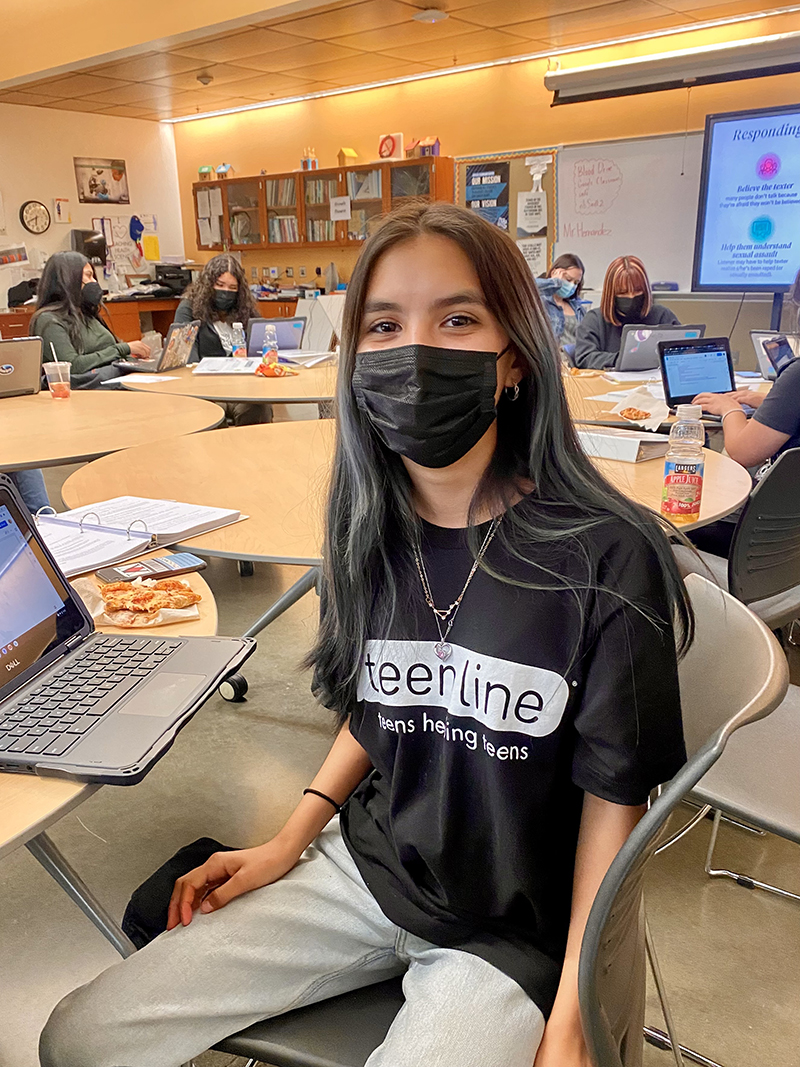
Reaching youth early
Teen Line's latest outreach joins Cedars-Sinai's Share & Care program in providing much-needed bilingual outlets for high-risk teens to relieve anxiety, depression and stress before symptoms become severe.
Share & Care uses art therapy and professional counseling to promote self-esteem and self-expression. Based out of Los Angeles Unified School District schools, some in Latinx communities, the program teaches coping skills for managing emotions, stress and grief.
If you wait too long to intervene when teens are struggling, their risk for serious outcomes such as suicide goes up, experts explain.
"If they're depressed or totally anxious, it doesn't mean they're going to be depressed and anxious their entire life," she says. "It could be a month or a week, but for them, that's forever. That's where the danger comes."
More options for opening up—whether through talk, text, email or art—can ensure teens don't feel alone and get the support and care they need.
"If we can get to kids early on—when they're first struggling—we can turn it around," Suzanne says. "We can give them another, more positive way to think about what they're experiencing, and we can make a difference."
